Remote Monitoring in Healthcare: How ControlledCare Makes It Seamless
Introduction: The Rise of Remote Monitoring in Healthcare
Remote monitoring has transformed the healthcare landscape, enabling providers to track patients’ health metrics in real time, regardless of their location. This innovation is especially crucial for patients with chronic conditions who require ongoing oversight and care. Wired Nurse Call Systems play a vital role in this equation by facilitating immediate communication between patients and healthcare providers. ControlledCare leverages these systems to create a seamless remote monitoring experience, enhancing patient safety and improving outcomes. This article explores how ControlledCare integrates remote monitoring with Wired Nurse Call Systems to provide effective, patient-centered care.
Understanding the Importance of Remote Monitoring
Remote monitoring refers to the use of technology to collect patient data outside of traditional clinical settings, allowing for continuous assessment and timely interventions. This approach offers several significant benefits:
Key Benefits of Remote Monitoring
- Enhanced Patient Engagement: Patients are more involved in their own care, leading to better adherence to treatment plans and improved health outcomes.
- Early Detection of Health Issues: Continuous monitoring enables healthcare providers to identify concerning trends early, facilitating prompt interventions that can prevent complications.
- Reduced Healthcare Costs: By minimizing unnecessary hospital visits and readmissions, remote monitoring can lead to significant cost savings for both patients and healthcare systems.
- Improved Access to Care: Remote monitoring eliminates geographical barriers, allowing patients in remote or underserved areas to receive quality care.
Challenges in Implementing Remote Monitoring
Despite its advantages, remote monitoring also presents several challenges:
- Data Overload: The continuous flow of patient data can overwhelm healthcare providers if not managed effectively.
- Integration with Existing Systems: Ensuring that remote monitoring tools integrate seamlessly with existing healthcare systems can be complex.
- Patient Compliance: Some patients may struggle with using monitoring devices or may feel uncomfortable with remote care.
How ControlledCare Enhances Remote Monitoring
1. Integration of Wired Nurse Call Systems
Wired Nurse Call Systems are integral to ControlledCare’s approach to remote monitoring:
- Reliable Communication: These systems provide a dependable means for patients to communicate with healthcare providers, ensuring that urgent issues are addressed promptly.
- Instant Alerts: Healthcare teams receive immediate notifications about patient health metrics, allowing for swift responses to any abnormalities detected through remote monitoring.
2. Centralized Data Management
ControlledCare offers a centralized platform for managing patient data, essential for effective remote monitoring:
- Comprehensive Patient Profiles: Providers can access a unified view of a patient’s health data, including vital signs and medical history, allowing for informed decision-making.
- Real-Time Updates: The platform ensures that healthcare providers have access to the most current patient information, enabling timely interventions and care adjustments.
3. Facilitating Interdisciplinary Collaboration
Effective remote monitoring often requires collaboration among various healthcare professionals:
- Secure Messaging Features: ControlledCare’s platform allows for secure communication among team members, facilitating discussions about patient care and ensuring that all providers are informed.
- Collaborative Care Plans: Multiple providers can contribute to a patient’s care plan, ensuring comprehensive management of the patient’s health needs.
4. Engaging Patients in Their Care
Patient engagement is critical for the success of remote monitoring:
- Educational Resources: ControlledCare provides tools to educate patients about their conditions and the importance of monitoring, empowering them to take an active role in their care.
- User-Friendly Interfaces: The platform is designed with patient usability in mind, making it easy for patients to understand and use the monitoring devices.
5. Monitoring and Evaluating Outcomes
Continuous improvement in remote monitoring requires ongoing evaluation of outcomes:
- Data Analytics: ControlledCare uses analytics tools to assess key performance indicators related to remote monitoring, such as patient adherence and health outcomes.
- Regular Reviews: Conducting regular reviews of remote monitoring processes helps identify areas for improvement, ensuring that the system evolves to meet patient needs effectively.
Case Studies: Success Stories with ControlledCare
Case Study 1: Enhancing Chronic Disease Management
A healthcare organization implemented ControlledCare’s remote monitoring solutions, including Wired Nurse Call Systems, to improve the management of patients with chronic diseases. This integration led to a notable decrease in hospital readmissions and an increase in patient satisfaction scores.
Case Study 2: Streamlining Post-Operative Care
A surgical unit utilized ControlledCare’s centralized data management tools to enhance post-operative monitoring. The Wired Nurse Call Systems facilitated communication between nursing staff and physicians, ensuring timely interventions and improving recovery outcomes for patients.
Conclusion: Advancing Remote Monitoring with ControlledCare
As the healthcare landscape evolves, the importance of effective remote monitoring becomes increasingly clear. By integrating Wired Nurse Call Systems with ControlledCare comprehensive platform, healthcare providers can enhance communication, streamline workflows, and foster collaboration. Implementing best practices in remote monitoring will lead to improved patient outcomes, increased safety, and higher levels of patient satisfaction. Embracing these innovations is essential for advancing healthcare delivery and ensuring that patients receive the support they need throughout their care journey.

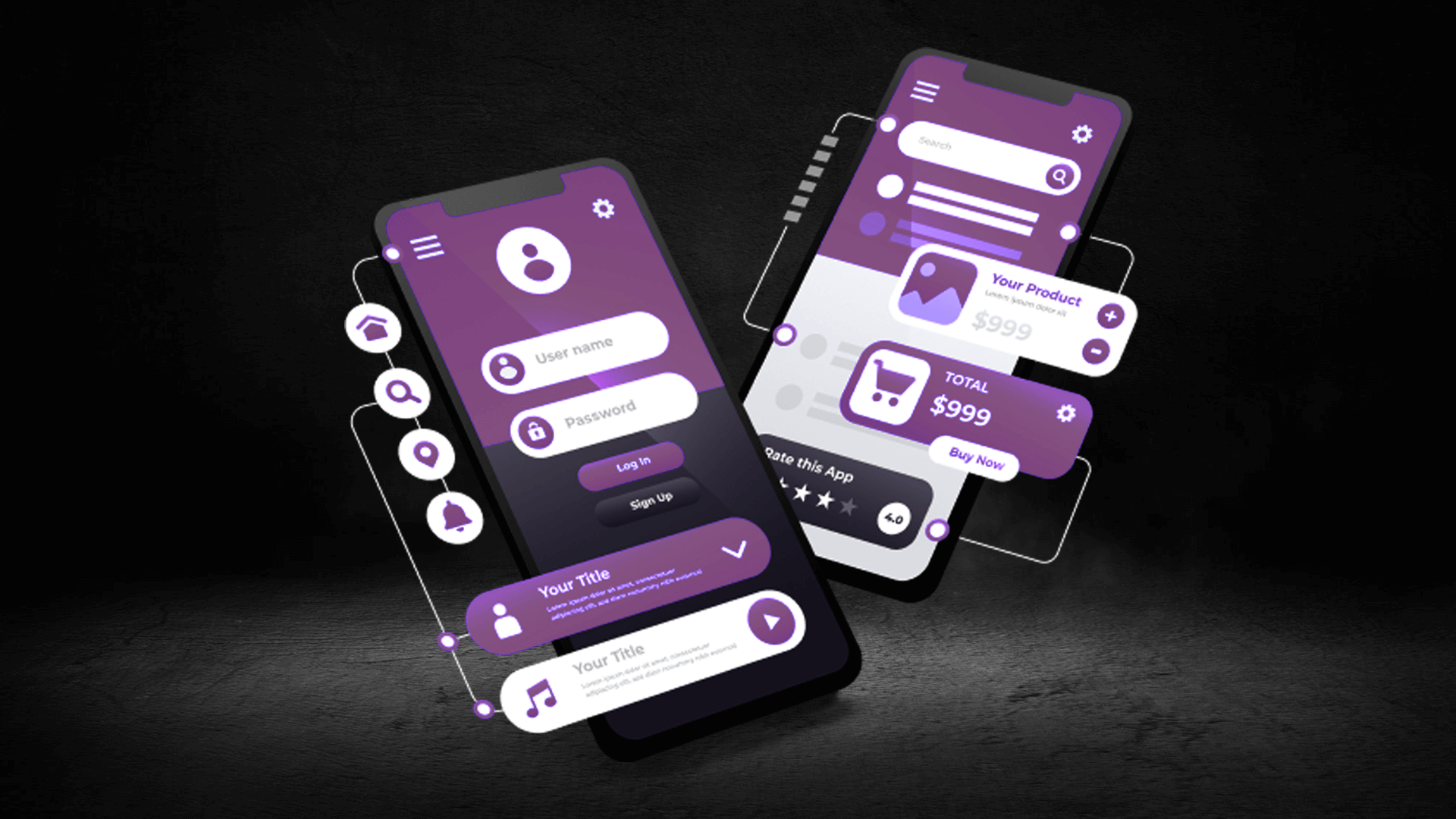

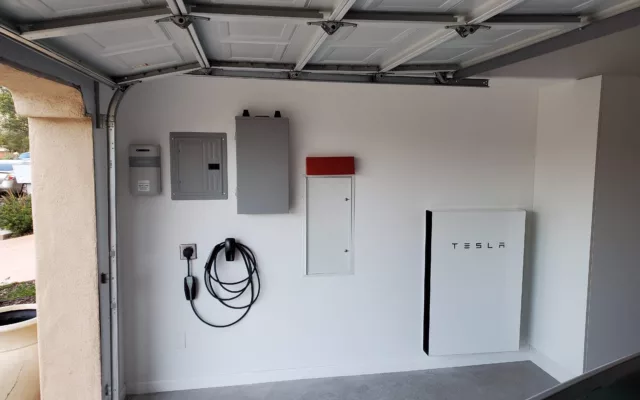
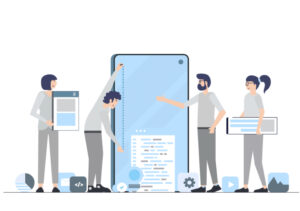
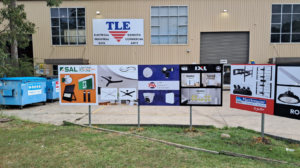
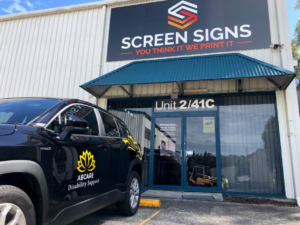
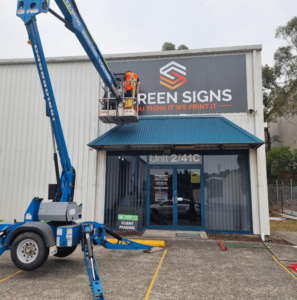



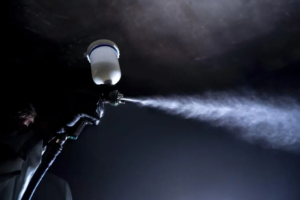


Post Comment